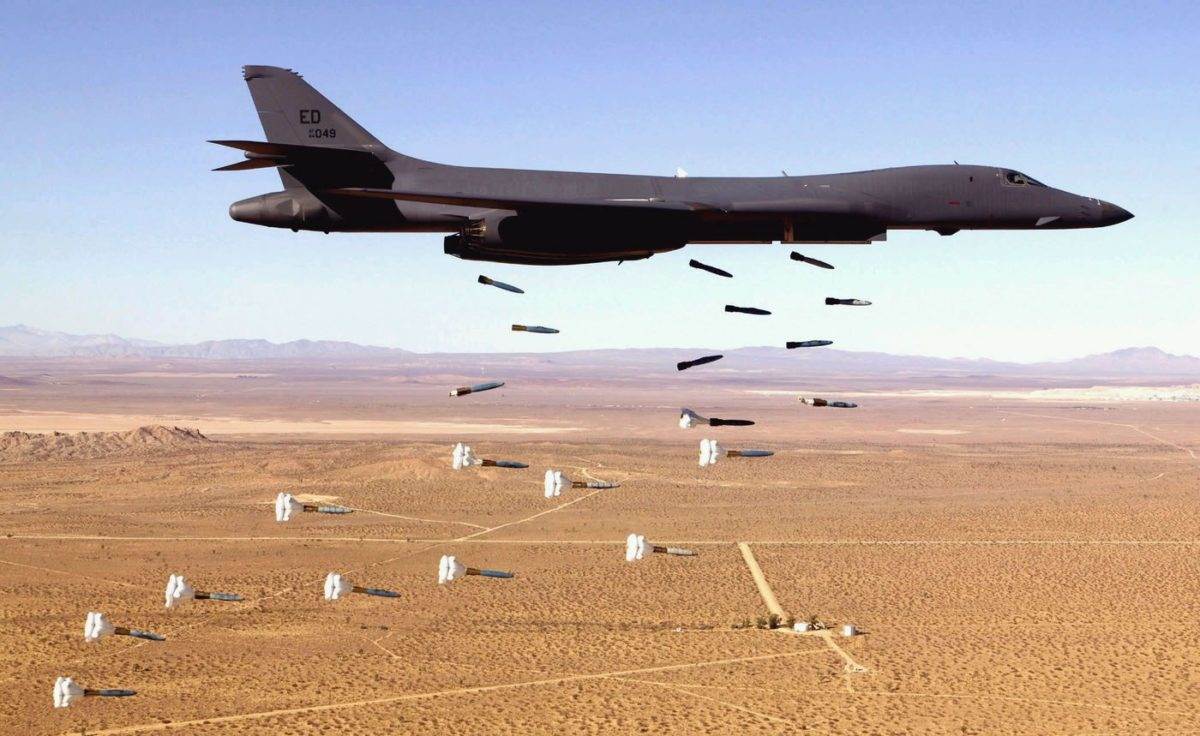US will not retire B-1B bombers replaced with newer models
The 2022 National Defense Authorization Act will prevent the US Air Force from retiring strategic B-1B Lancer bombers until they are replaced with B-21 Raiders.
-

US Air Force B-1B Lancer bomber
According to the Defense News website, the 2022 National Defense Authorization Act will prevent the US Air Force from retiring strategic B-1B Lancer bombers until they are replaced with B-21 Raiders.
Earlier this week, the US House of Representatives passed a revised version of the $768 billion defense budget measure for 2022.
With the exception of units that have begun fielding the new bomber, the prohibition will extend until September 2023. Meanwhile, Northrop Grumman, a US defense corporation, has already produced five B-21 bombers, which will be delivered in the mid-2020s.
According to the news site, 17 of the oldest Lancers have been retired due to their poor condition, allowing the remaining 45 bombers to receive more focused maintenance.
The B-1B Lancer is a supersonic strategic bomber that serves as the backbone of the United States' long-range bomber force, capable of rapidly delivering massive amounts of precision-guided and other weapons to any adversary, anywhere in the globe, at any time.
US B-21 bomber's expected cost $203 billion into the 2050s
-

US B-21 Strategic Bomber computer rendered image
According to estimates, the next-generation B-21 stealth bomber program would cost taxpayers at least $203 billion to develop, purchase, and operate 100 aircraft over the next 30 years.
The figure is the most up-to-date estimate for Northrop Grumman Corporation's highly classified program, which it won in 2015. It's also an attempt by the Air Force to follow through on a promise to help lawmakers avoid 'sticker shock' by disclosing more cost data as the stealth aircraft progresses through development.
According to Bloomberg News, the total cost, in the fiscal year 2019 dollars, comprises $25.1 billion for development, $64 billion for production, and $114 billion for maintaining and operating a fleet of 100 bombers over a 30-year period.
The service had previously disclosed B-21 research and manufacturing expenses, but not the program's 30-year operations and support expenditures, which typically account for up to 70% of a program's total life-cycle cost.
The bomber program is still in the engineering and production development stage, according to Air Force acting acquisition chief Darlene Costello, adding that the program "remains on track to the government acquisition program baseline for cost, schedule, and performance."
According to the service, the B-21's average procurement price per unit, the most typical metric of how much it costs to manufacture a plane, is within the $550 million per unit objective set in fiscal 2010. The equivalent in 2019 dollars, adjusted for inflation, is nearly $639 million.

 3 Min Read
3 Min Read










